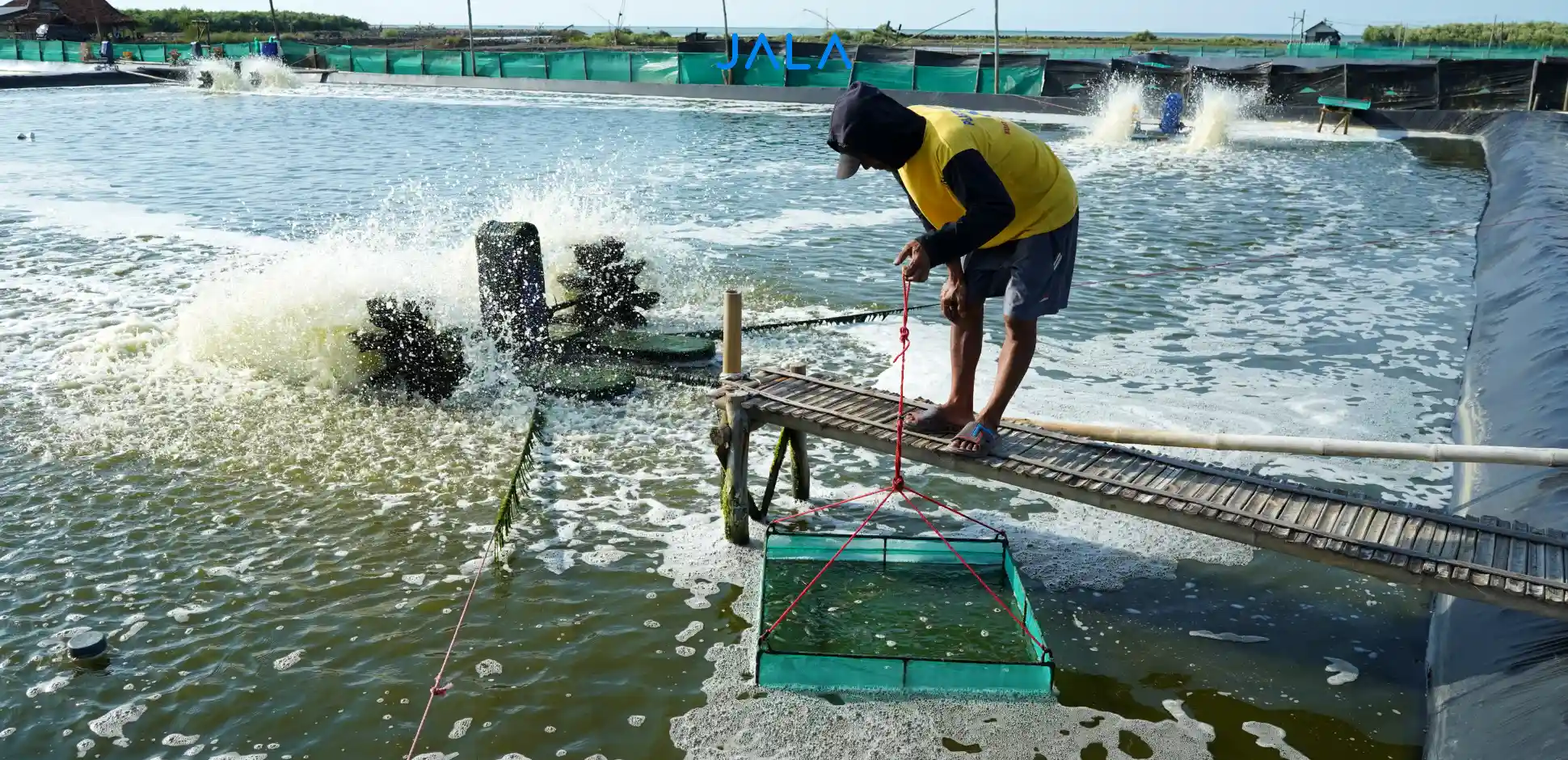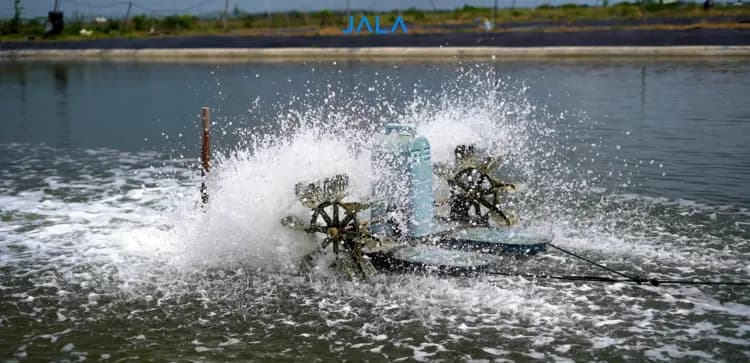
Minerals are inorganic substances essential for shrimp growth. Minerals for vannamei shrimp play a vital role in various physiological processes, so shrimp farmers should pay extra attention to their sufficiency in their ponds.
Throughout their growth, shrimp absorb minerals from both their feed and the aquatic environment. The minerals include calcium, magnesium, sodium, potassium, iron, and copper.
Among the various minerals required by shrimp, calcium (Ca), magnesium (Mg), sodium (Na), and potassium (K) are two of the essential ones for shrimp. Check out the importance of minerals for vannamei shrimp and how to ensure their sufficiency in your cultivation!





